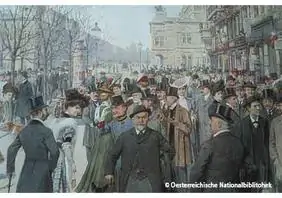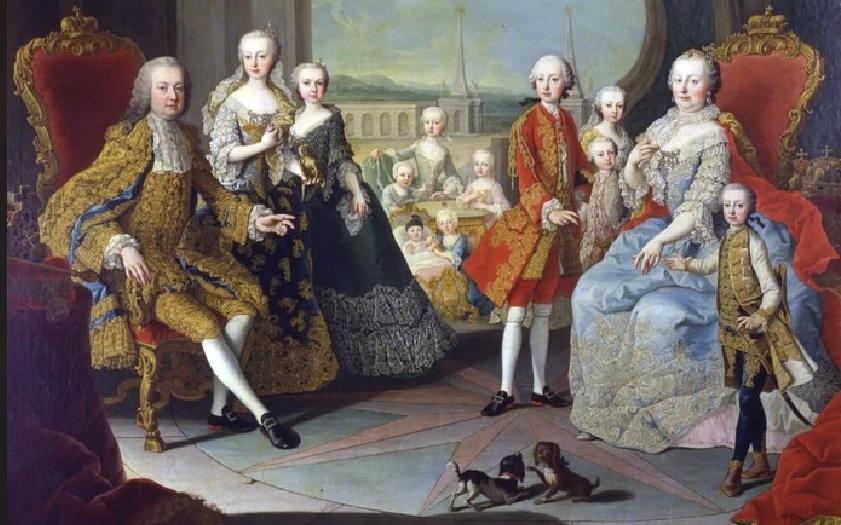How many inhabitants did Vienna have around 1900? Why did everyone flock to Vienna? What potential for conflict developed during this time? What did this diversity provide for?
Vienna was the capital and residence of the Habsburg monarchy. This included about 53 million inhabitants and about 15 different nations. Emperor Franz Joseph I was the ruler who held together this conglomerate of diverse cultures and languages.
Immigrants poured into the capital from all parts of the multinational empire. A wide variety of religious and ethnic groups came together, and conflicts were inevitable.
Social conditions had reached a low point and prostitution was on the rise. Immigrants were exploited by the working conditions of liberalism. As a result, workers organized themselves, the trade union movement and social democracy were formed.
At that time, Vienna had over 2 million inhabitants and was the fourth largest city in Europe. Almost 25% of the immigrants were from Bohemia and Moravia, almost 10% were Jews. At that time, Vienna was the largest Czech and the third largest Jewish city in Central Europe.
But Vienna also became the cultural metropolis of Europe around 1900. Viennese modernism created an atmosphere of departure that was unique. The city grew enormously and Viennese architects such as Otto Wagner, Adolf Loos, Josef Hoffmann and Joseph Maria Olbrich made a name for themselves both nationally and internationally.
The split from traditional architecture and art found expression in the Secession style. The Secession building became the exhibition building of this new movement and Gustav Klimt its president. Otto Wagner, Kolo Moser, Hoffmann, Olbrich joined in.
The coffeehouse literature was founded by the intellectuals in Café Griensteidl, Café Central and Café Museum. Literary figures such as Peter Altenberg, Karl Kraus, Hermann Bahr and many more spent much of their time there. People exchanged ideas and philosophized.
Sigmund Freud founded the concept of psychoanalysis and disturbed or upset many with his theory of sexuality and interpretation of dreams. Arthur Schnitzler first became a doctor and devoted himself to hysteria and hypnosis studies. Later he switched to writing and dealt with sexuality, seduction and adultery in his works.
The intellectual and artistic elite met in the salons of famous salon ladies, such as Bertha Zuckerkandl or Eugenie Schwarzwald.
Musically, a change took place through atonality. Arnold Schoenberg founded twelve-tone music. His students Berg, von Webern, Zemlinsky followed him according to the new method of composition with twelve tones. Gustav Mahler became director of the State Opera and fundamentally reformed the process.
At the beginning of the new century, Vienna concentrated top achievements in music, architecture, painting and literature like nowhere else in Europe.



